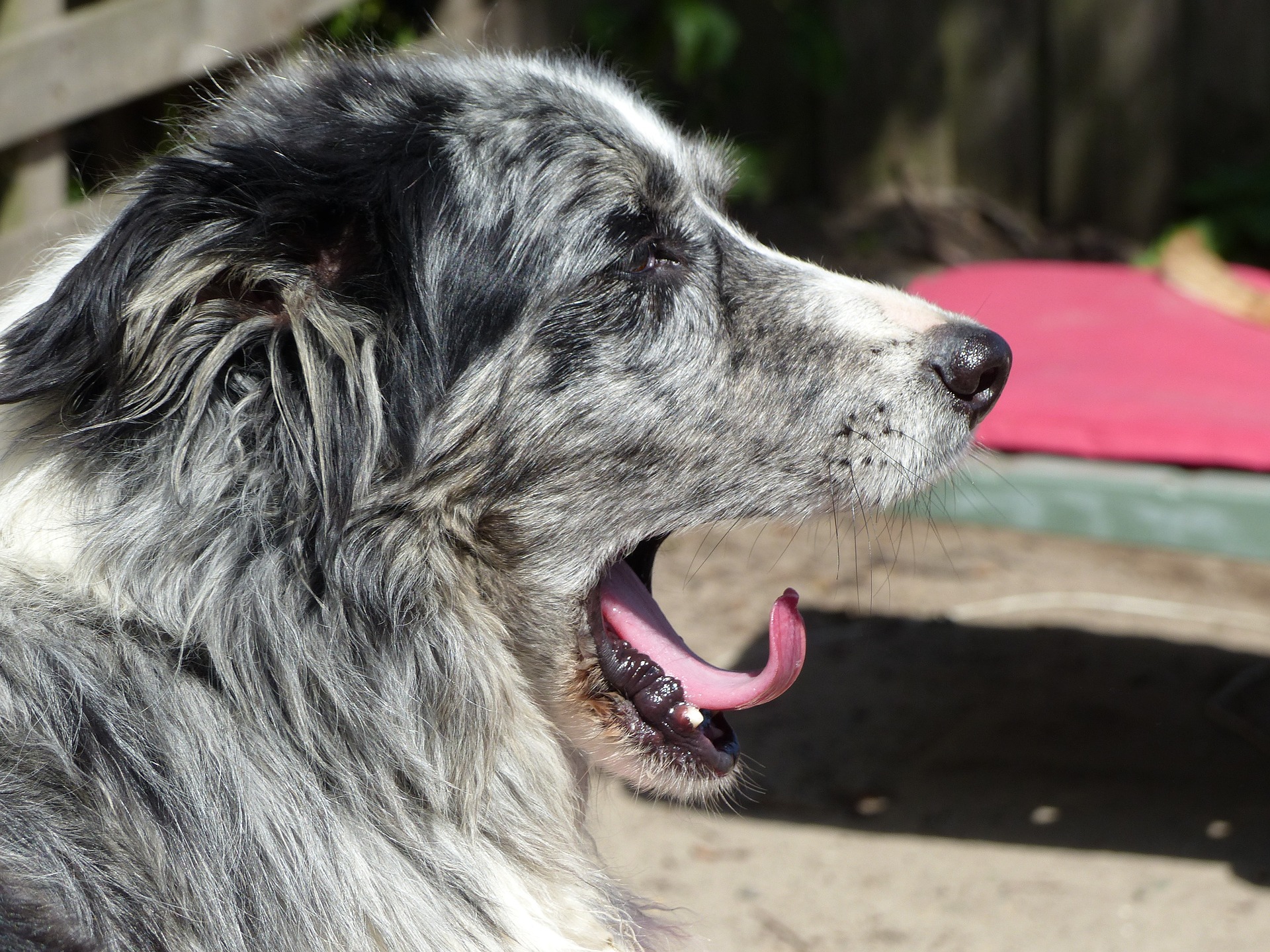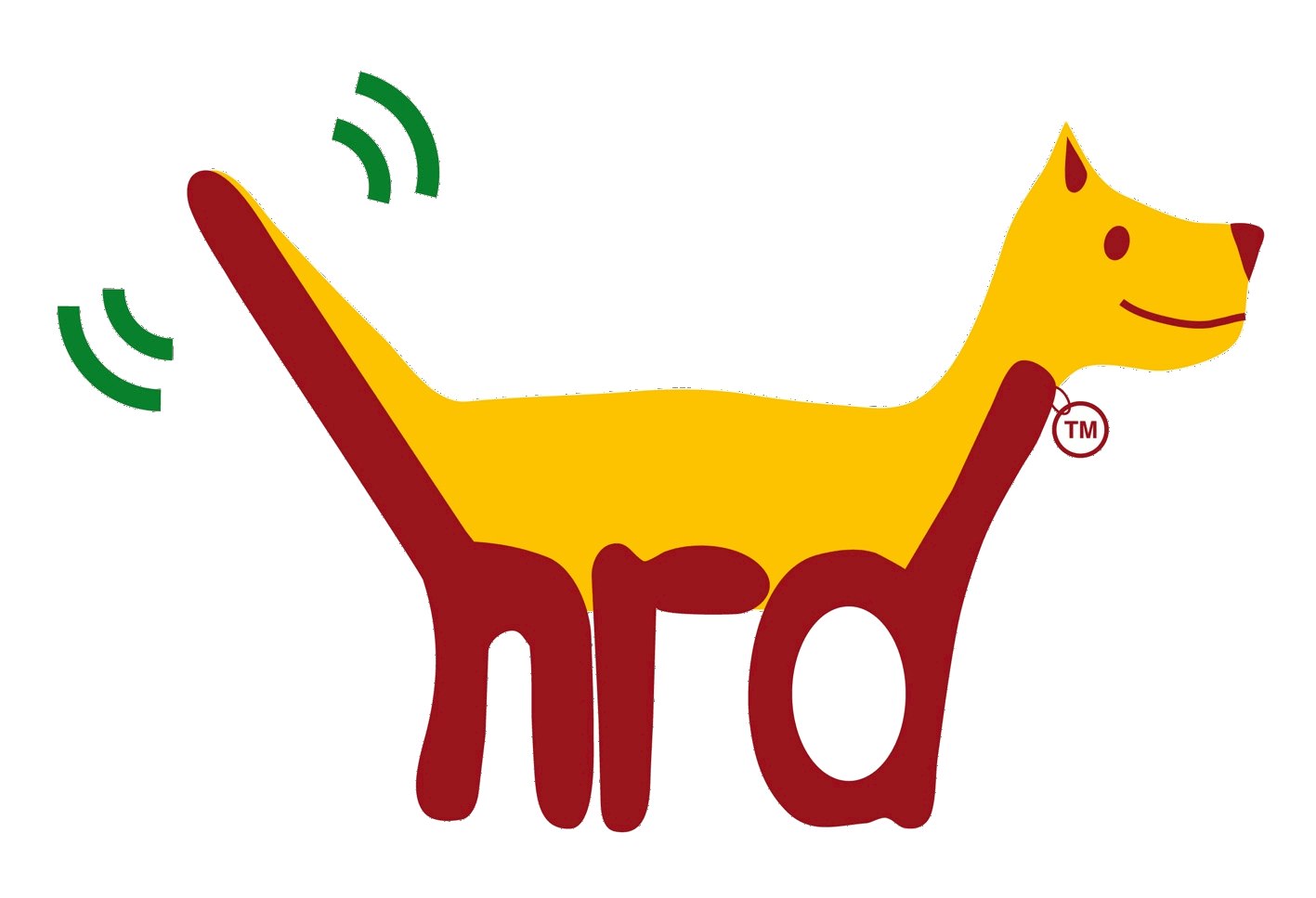Calming signals
Dogs are social animals who need and enjoy the contact and company of others. Dog trainer and behaviourist Turid Rugaas has made it her life work to study canine social interaction.
She coined the phrase “Calming Signals” to describe the “body language” that dogs use to avoid conflict, reduce stress and communicate a wide range of information to other dogs and to us humans if we take the time to observe and “read” our dog. By failing to see our dog using calming signals, and perhaps even punishing her for using them, we risk seriously harming her.
Calming signals, which can be very subtle, are international and universal. All dogs all over the world have the same language. Unlike us humans, they will have no communication problems!
Example: A person is trying to teach his dog to “come”. He speaks in a loud and firm voice. The dog yawns and looks away. The dog just indicated that he is uncomfortable with the situation. Perhaps the voice is too aggressive-sounding to the dog. The person, in turn, mistakes the dog’s behaviour for disobedience or obstinacy and repeats the word in a louder, angrier voice. The dog now lies down turning his head away, yawns, licks his lips. And on it goes. The breakdown in communication escalates to possible punishment for the dog who was just trying to communicate his feelings. (Please note that this is only given as an example of miscommunication not something to be reproduced!)
We do not realise it but we use threatening signals all too often, indeed to walk straight at a dog, to reach for or over a dog, to bend over a dog, to stare into a dog’s eyes, to walk too fast or have fast movements and so on can/will cause a dog to use a calming signal.
We can improve our relationship by OBSERVING our dog and learning her language and RESPONDING accordingly.
Some examples of calming signals
- Lip-licking
- Turning away (head or body)
- Yawning (puppies do this when picked up)
- Lifting one paw (puppies will do this a lot)
-
Wagging her tail (not the whole body)
- Sniffing the ground
- Moving away
- Slowing down (when being called)
- “Curving”
Turid has written a few short and easy to follow books as well as created a number of DVDs, which we have in stock.

